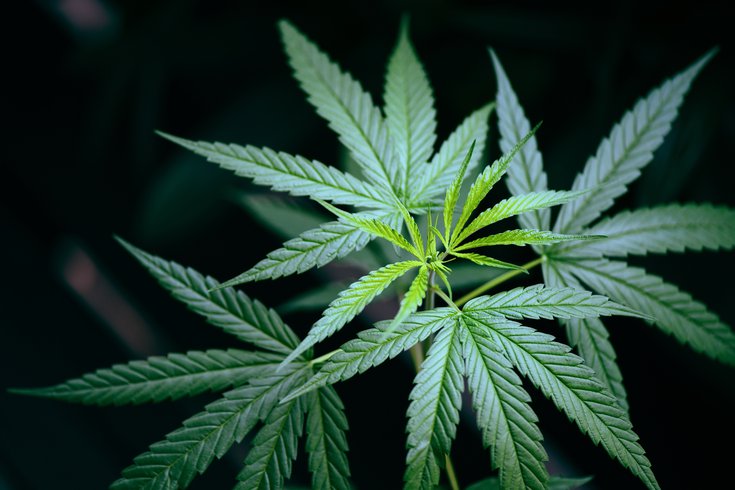
August 29, 2023
 Source/Image licensed from Ingram Image
Source/Image licensed from Ingram Image
Cannabis use disorder is the inability to stop using marijuana even if it's causing health and social problems. A study from Washington, where marijuana is legal for medical and recreational purposes, found 21% of users had signs of dependency.
Marijuana use in the United States has risen in recent years as more states have legalized the drug for medicinal and recreational purposes. Thirty-eight states now have medical marijuana programs, and 23 allow recreational pot.
A misconception exists that marijuana isn't an addictive substance, but people can become reliant on the drug. A new study out of Washington, where marijuana is legal, found 21% of users show signs of cannabis use disorder. The researchers said their finding was in line with previous studies.
With more than half of U.S. adults having legal access to marijuana, whether medically or recreationally, the researchers called for doctors to screen their patients for risk of cannabis dependency.
"The main take home message of our study is that cannabis use disorder is common among primary care patients in a state with legal cannabis use," Gwen Lapham, the lead author of the study and an assistant investigator at the Kaiser Permanente Washington Health Research Institute, told CNN.
The U.S. Centers for Disease Control & Prevention describes cannabis use disorder as the inability to stop using marijuana even if it's causing health and social problems. People who become dependent may feel intense cravings to get high, may increase the amount and frequency of their marijuana use and may engage in risky behaviors like driving while under the influence of the drug.
The study, published in JAMA Open Network, looked at data from about 1,500 primary care patients in Washington who said they had used marijuana in the last 30 days. Among them, 42% only used it for medical purposes, 25% only used it recreationally, and 32% used it in both manners.
The rate of cannabis use disorder among these patients did not differ based on whether they used the drug for medical or recreational purposes. Only 6.5% of users had moderate to severe dependencies, but they tended to be people who used marijuana recreationally.
The most common symptoms of dependency were higher tolerance for the drug, cravings and uncontrolled escalation of use. Recreational users were more likely to experience withdrawal symptoms, use pot in hazardous situations and continue using the drug despite suffering personal consequences.
The study also looked at the frequency of marijuana use. More than 38% of medical cannabis users said they consumed the drug daily or almost daily, compared to about 25% of recreational users and about 56% of people who used marijuana for both reasons.
People who only used marijuana medicinally tended be older than those who only used it recreationally. Medical users were more likely to use it in an application, like an ointment or lotion. Recreational users primarily inhaled the drug.
The researchers said their findings were similar to the results of other studies conducted in the United States and other countries.
In 2020, an analysis examining marijuana use in the U.S., Australia, New Zealand and several European countries found that about 22% of marijuana users would develop cannabis use disorder at some point in their lives. The risk rose to about 33% among young people.
Adults ages 19 to 30 are the fastest growing group of marijuana users in the U.S., according to an annual survey supported by the National Institutes of Health. The proportion of young adults that reported using marijuana within the past year reached 43% in 2021, the highest rate since the survey began collecting that data in 1988. Daily use among young adults reached 11%, up from 8% in 2016 and 6% in 2011.
Overall, the number of Americans who say they have used pot within the last year has risen from 28.7 million in 2009 to 52.5 million in 2021, according to survey data from the Substance Abuse and Mental Health Services Administration.